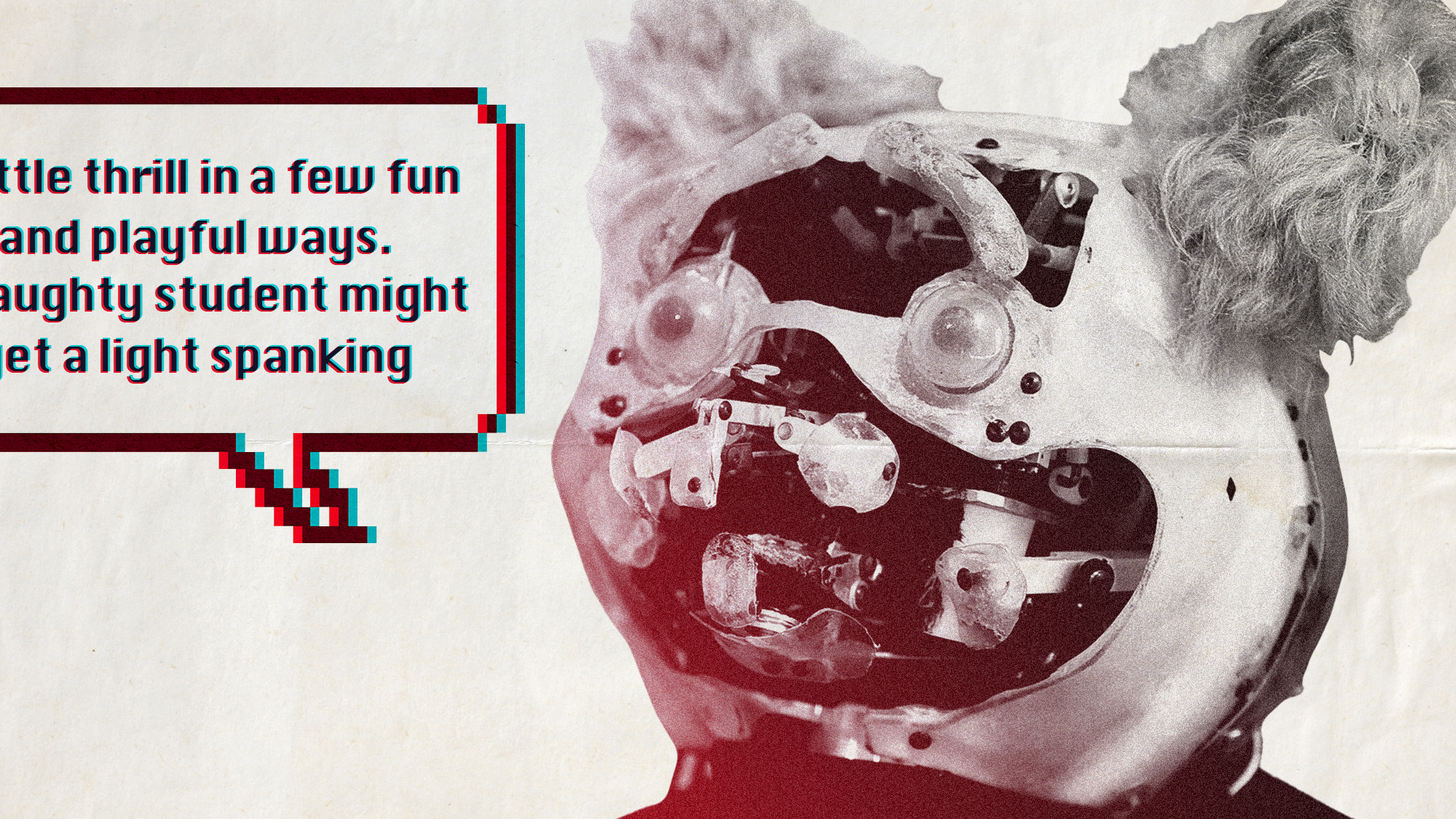The world's first mother-daughter uterus transplants: A guide
Two women in Sweden thought they could never become moms. Now they might be able to carry children — in the same wombs that carried them

Plenty of people say they'd do anything to have grandchildren. But that commitment was taken to a new level in Sweden recently, when two would-be grandmas became donors for the first mother-to-daughter uterus transplants ever performed. How were these ground-breaking operations carried out, and, more importantly, will they work? Here, a brief guide:
Why were these operations necessary?
One of the younger women suffered from cervical cancer and had her uterus removed. The other was born without one. Both of these women are in their 30s, and are determined to defy what would seem to be an insurmountable obstacle for a would-be mom. That's where their own mothers came in, offering to give each of these young women the same womb that carried them.
The Week
Escape your echo chamber. Get the facts behind the news, plus analysis from multiple perspectives.

Sign up for The Week's Free Newsletters
From our morning news briefing to a weekly Good News Newsletter, get the best of The Week delivered directly to your inbox.
From our morning news briefing to a weekly Good News Newsletter, get the best of The Week delivered directly to your inbox.
Are uterus transplants common?
They're relatively new. The first widely reported uterus transplant from a live donor was performed in Saudi Arabia 12 years ago, but doctors had to remove the organ after three months due to a blood clot. Turkish doctors say they did a successful transplant last year, using a uterus from a deceased donor. There were no reports of those procedures leading to a pregnancy, though. The two operations in Sweden, performed over the weekend, were the first cases in which mothers had their wombs transplanted into their daughters.
Were the operations successful?
So far, so good. Both of the donors are up and walking, and should be able to leave the hospital this week. Their daughters are both recovering well. Both started in-vitro fertilization before the surgery. Doctors will monitor them for a year. If all goes well, their frozen embryos will be thawed and transferred.
A free daily email with the biggest news stories of the day – and the best features from TheWeek.com
Will the patients be able to have babies?
That remains to be seen. Doctors caution that the two uterus-recipients still face hurdles. It's unclear how the anti-rejection drugs the women have to take might affect the fetuses, for example. Other unknowns: The placenta might not develop as it should, the fetuses might not grow properly, or the babies might be born prematurely. "We are not going to call it a complete success until this results in children," Michael Olausson, one of the Swedish surgeons, tells The Associated Press. "That's the best proof."
Could this start a trend?
I don't see why not, says Koa Beck at Mommyish. If you're one of those young ladies with both a ticking biological clock and "womb troubles: Perhaps you should start asking your mother if she is finished with hers." First things first, says Madeline Holler at Babble. Let's see if these women can have babies with their "hand-me-down uteruses" before we declare this a new frontier in mother-daughter sharing.
Sources: Associated Press, Babble, BBC News, Mommyish
-
 Wave of cancellations prompt Kennedy Center turmoil
Wave of cancellations prompt Kennedy Center turmoilIN THE SPOTLIGHT Accusations and allegations fly as artists begin backing off their regularly scheduled appearances
-
 8 incredible destinations to visit in 2026
8 incredible destinations to visit in 2026The Week Recommends Now is the time to explore Botswana, Mongolia and Sardinia
-
 The dark side of how kids are using AI
The dark side of how kids are using AIUnder the Radar Chatbots have become places where children ‘talk about violence, explore romantic or sexual roleplay, and seek advice when no adult is watching’